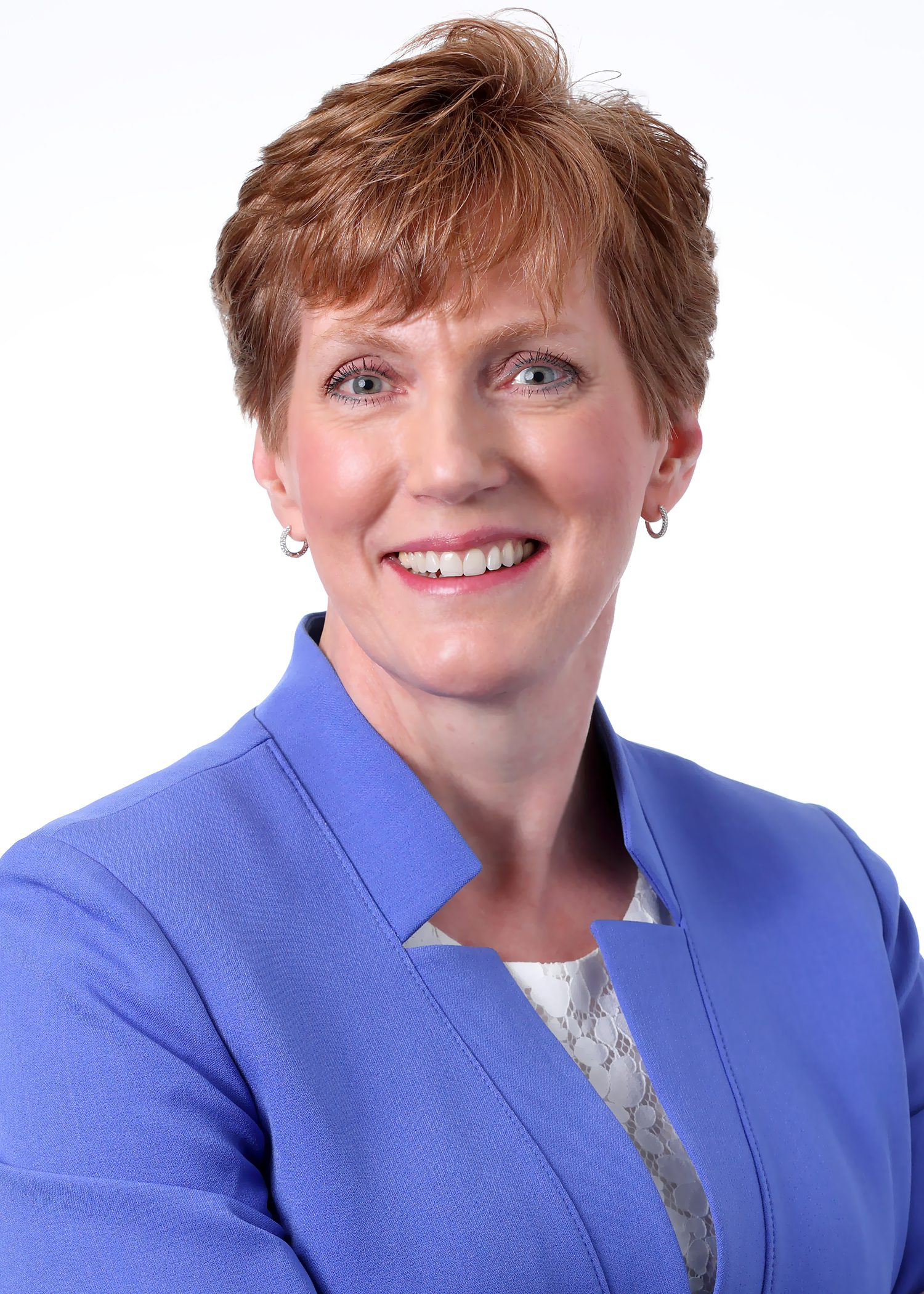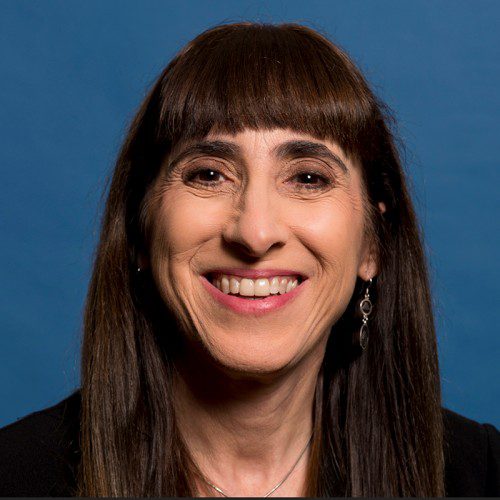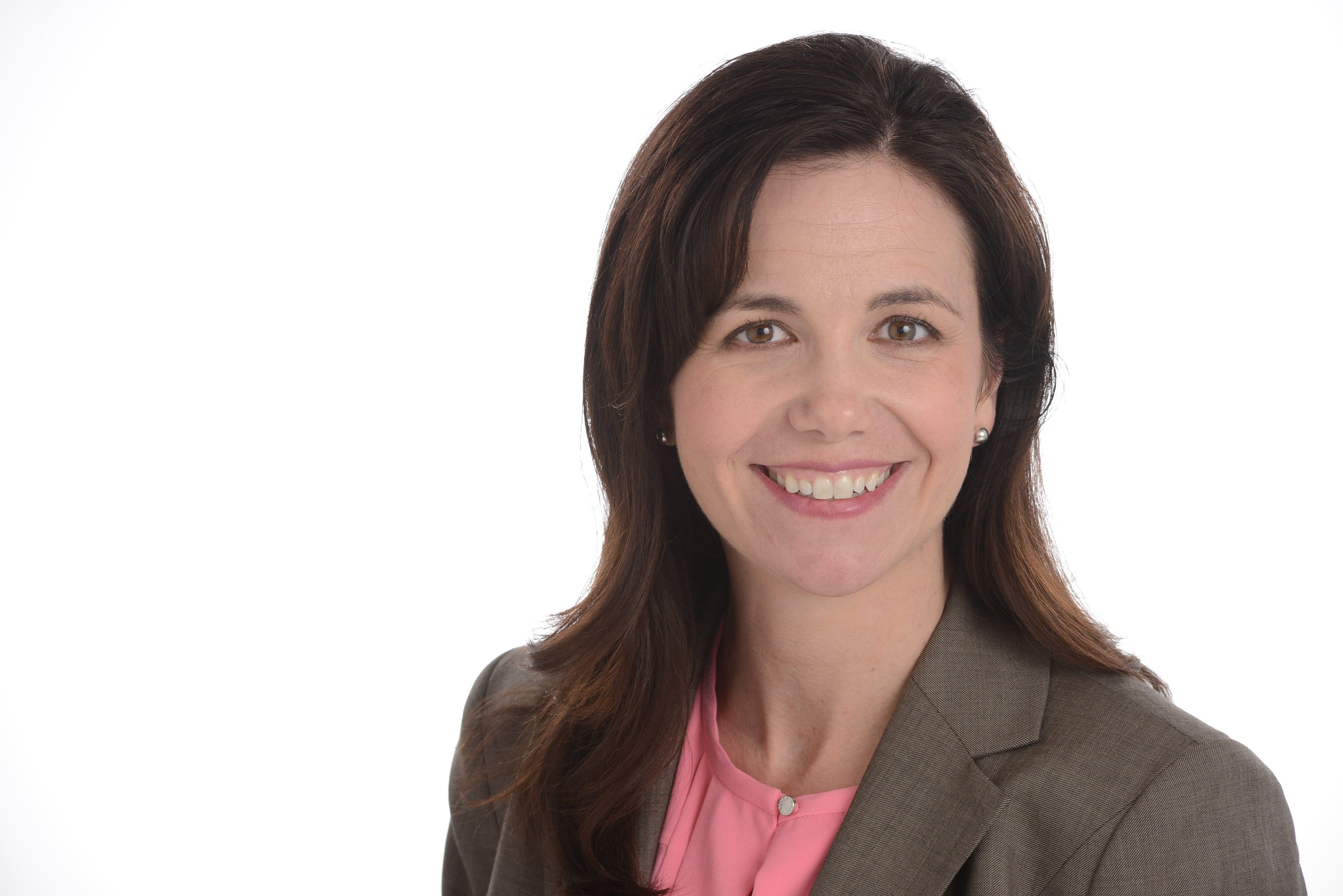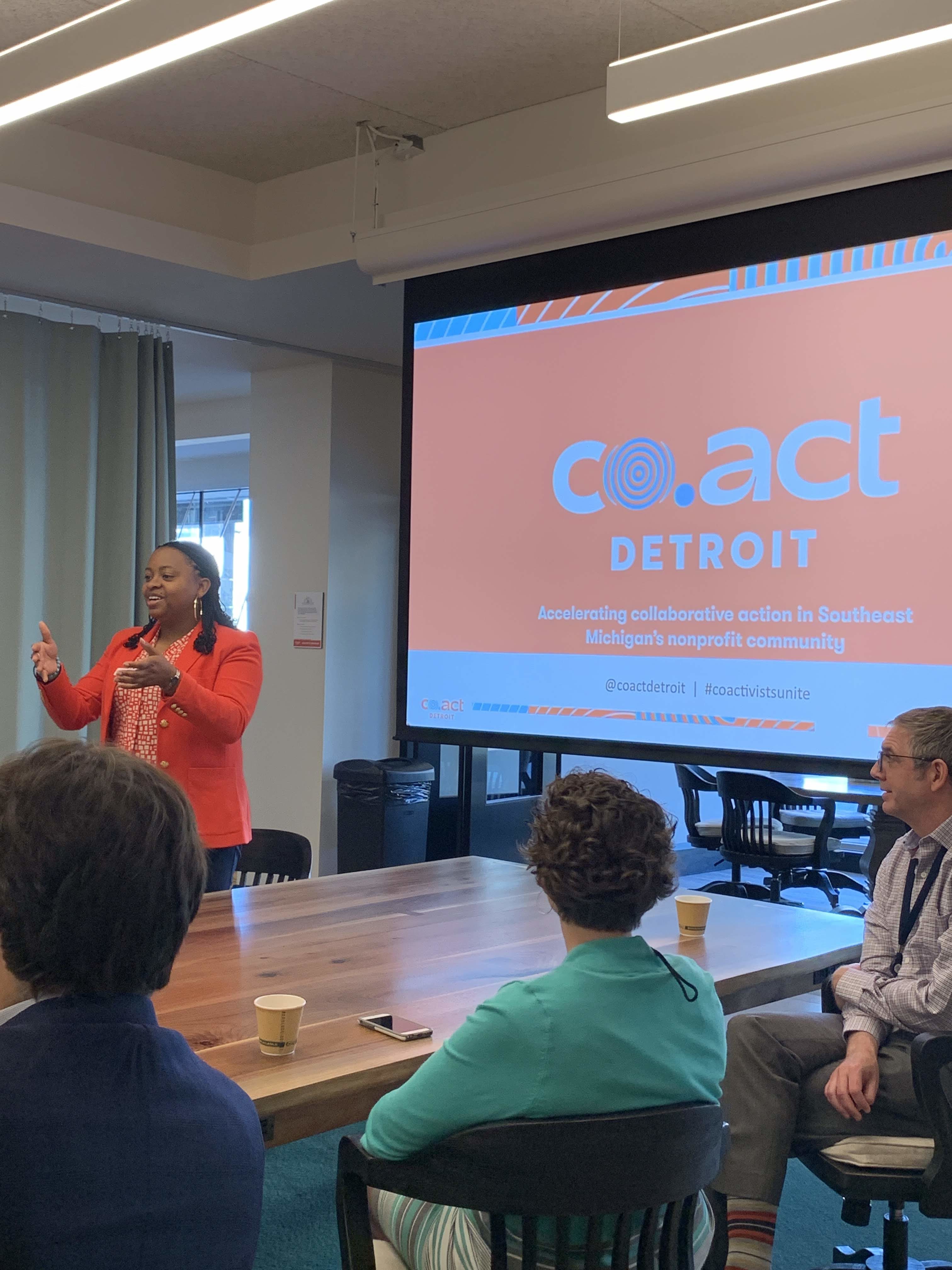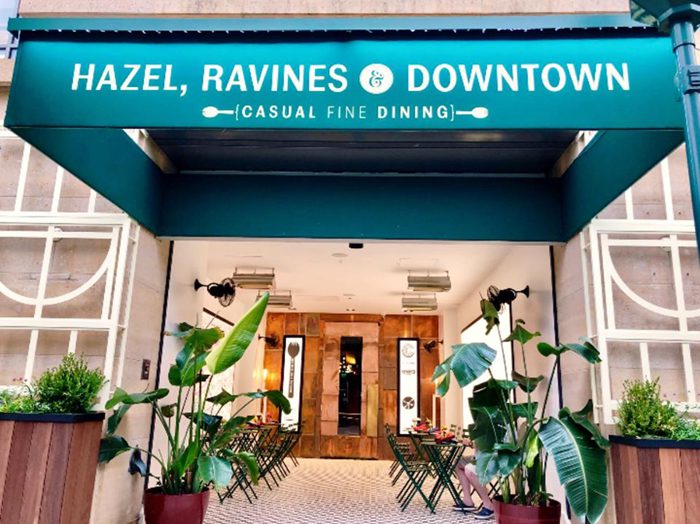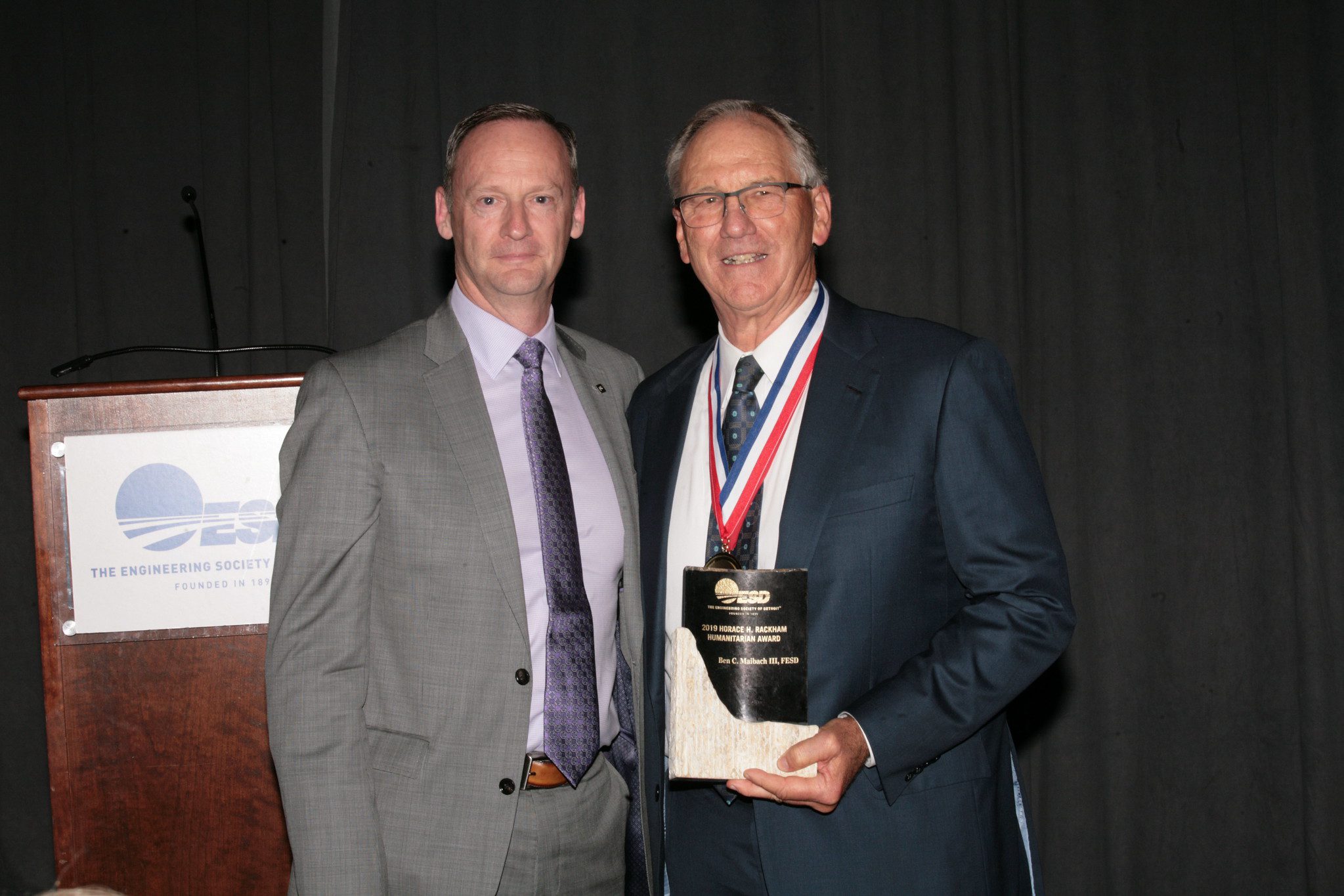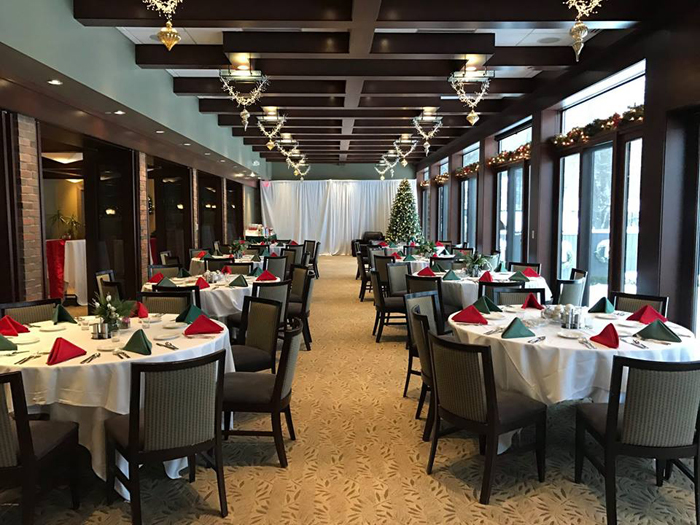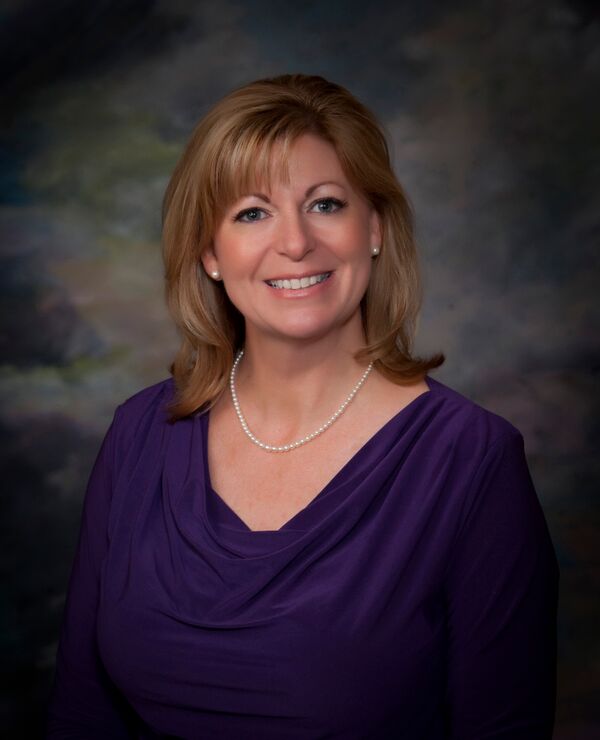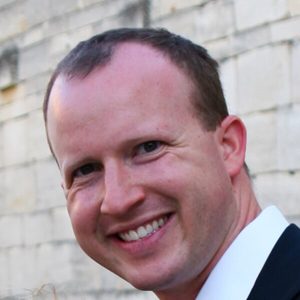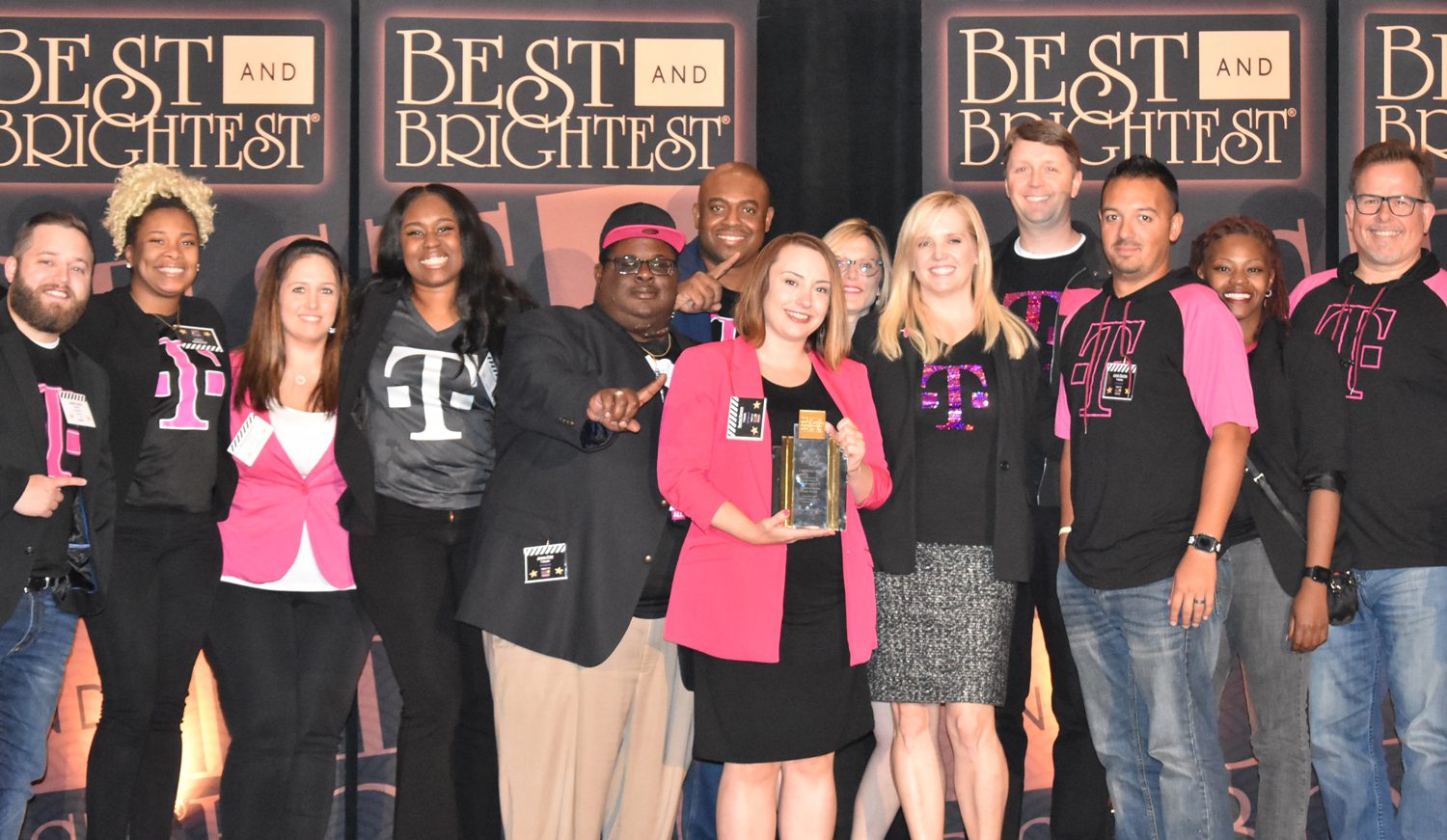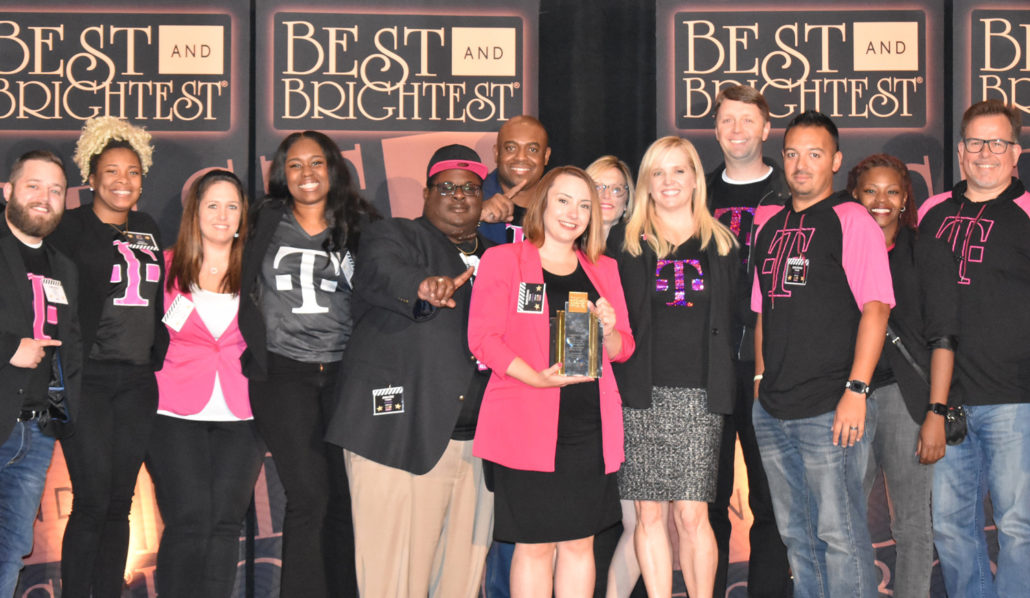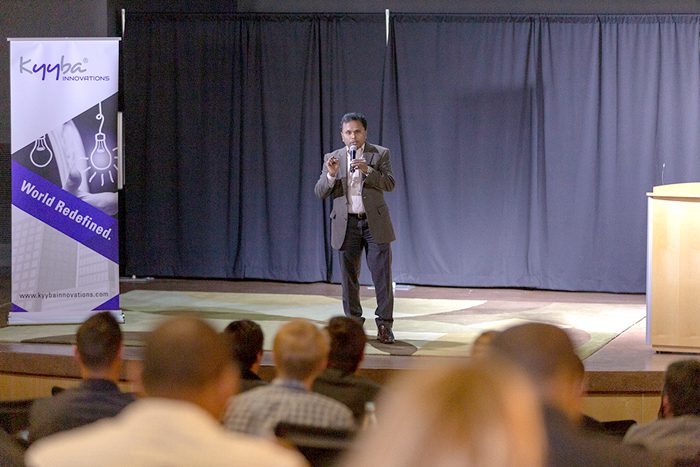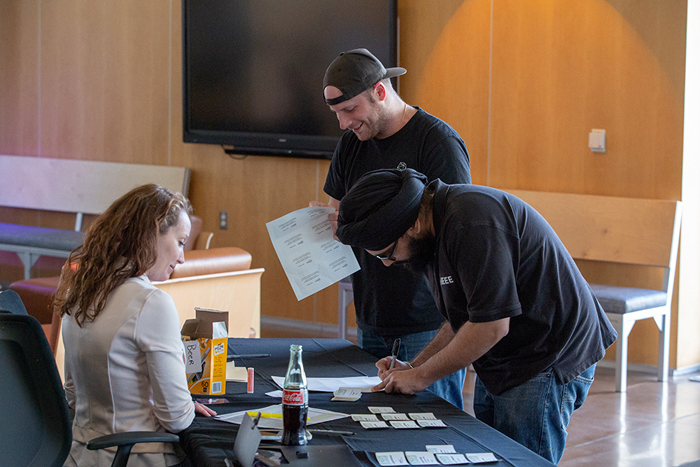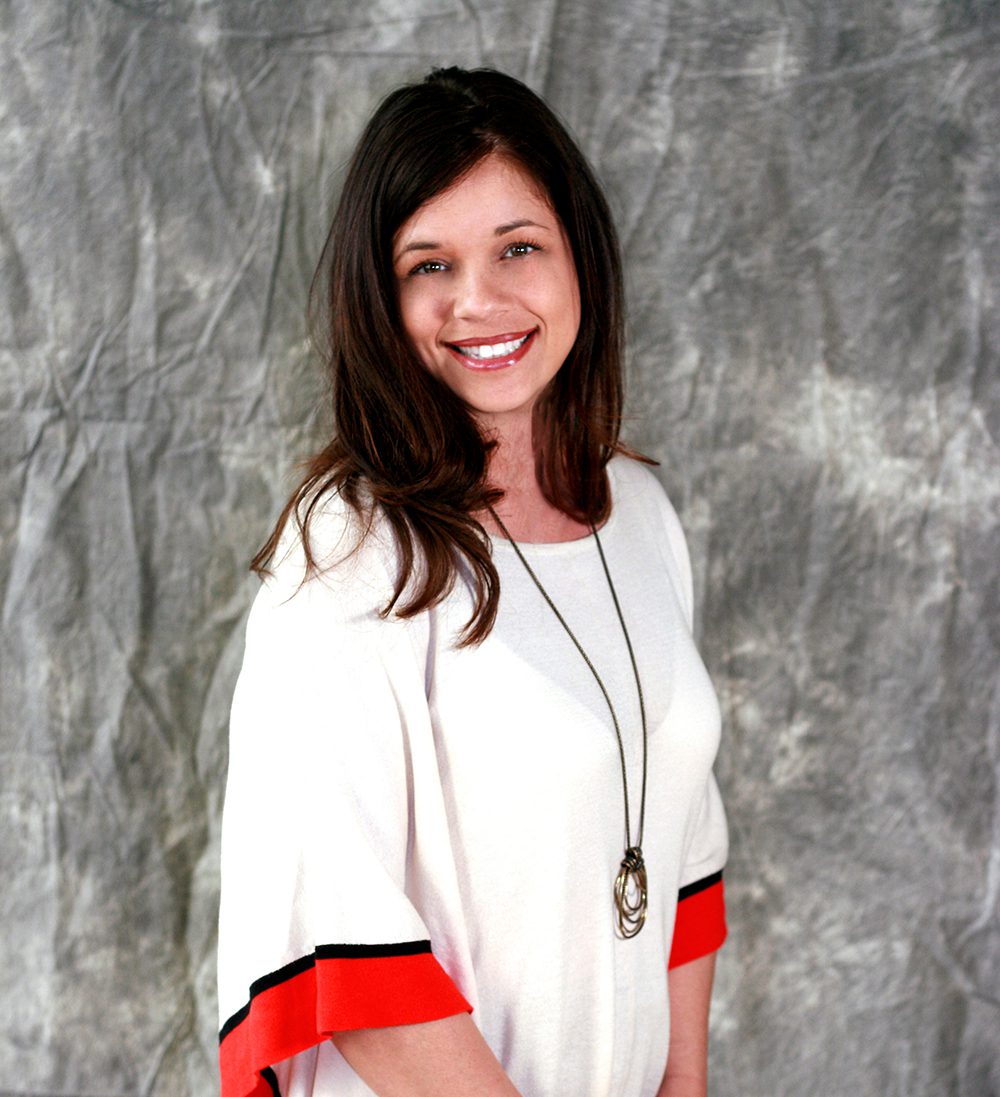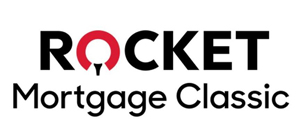Five years ago, Videojet Technologies Inc. decided that focusing on a diverse
workforce that practices inclusion needed to be a priority if the growing
business wanted to both find ways to bond its employees, but also attract new
talent.
Looking back, Videojet has a variety of takeaways from its experience. But
the most important of them all is that highlighting your core values as a
corporation requires short- and long-term goals, said Rich Wachter, Vice
President of Human Resources at the Wood Dale, Ill.-based business.
“If your business wanted to make diversity and inclusion a business
imperative, you need to recognize that it’s not a single event. It’s a journey
and a process,” Wachter said. “As much as we’re doing now, we’re still learning
every day. And you learn by doing a lot of listening.”
Videojet describes itself as a global leader in the development and
manufacture of high-quality product identification equipment for coding and
marking – including continuous ink jet printers, laser marking systems, thermal
transfer overprinters, case coding, print and apply labeling, thermal inkjet
printers, commercial graphics and addressing, CLARiSUITE and code assurance.
In 2002, Videojet became a subsidiary of Danaher, a global science and
technology firm that includes a global network of more than 20 operating
companies. It operates companies in five strategic platforms: life sciences,
diagnostics, dental, water quality and product identification.
Leadership is a key ingredient
One key ingredient in creating a diversity-and-inclusion mindset at Videojet was creating a leadership team that valued this philosophy and understood that it was important to the company’s overall success, Wachter said.
“For us, it’s a business imperative starting from our president on down,” he
said. “It sounds simple, but it is important to drive (that corporate value)
throughout the organization.”
Research shows leadership in this area truly matters. A 2016 analysis of a
global survey of 21,980 firms from 91 countries by nonpartisan Peterson
Institute for International Economics reveals the relative dearth of women in
high leadership positions. The results suggest that gender diversity in
corporate leadership positions may improve firm performance, stating that “a
profitable firm at which 30 percent of leaders are women could expect to add
more than 1 percentage point to its net margin compared with an otherwise similar
firm with no female leaders.”
Here are some of the ways Videojet grew into its core value of “The Best
Team Wins” through its commitment to diversity and inclusion:
• Focus on having a diverse group of people at the top. If you have a diversity of individuals leading the company, that shows potential hires there are opportunities for them within Videojet’s culture, Wachter said. “We want a culture of belonging so our employees feel they can bring authentic and true selves to work as a result,” he said. “That enables us to be a stronger collaborative organization – and that’s a competitive advantage.”
• Understanding that diversity helps your customers. By attracting and hiring a diverse workforce, Videojet has realized that this actually helps the company solve its customers’ problems and come up with innovative ideas. “Having diverse points of view helps us find better solutions to problems with advanced innovation,” he said.
• Having a diverse workforce reflects the communities where Videojet operates as a business. “This reflects the diversity of our customers, the very people that provide our livelihood by buying our products and services,” he said. “The way our business works is 35 to 40 percent of our employees work out in the field. They’re globally interfacing with our customers every day – and by having a diverse workforce, they can see we’re just like them.”
• Offer diversity training. By building inclusive leaders and inclusive teams, you bring fresh talent and ideas into the company. Videojet also works hard to offer mentors, especially to female managers, in hopes of helping them advance within the company’s ranks and become executives in the long run. Right now, Videojet has three female leaders in its global team: One in finance, one in product management and one as a general manager for North America.
• Making little changes means a lot. Inclusion can be achieved in even the smallest efforts, Wachter said. For example, Videojet recently started to offer flexible summer hours as well as floating holidays to its work schedule. This way, people can prioritize holidays that are meaningful in terms of ethnicity or religion. Flexible summer hours also allows people with families to enjoy those warmer days at school or other events.
• Prepare your staff for every outcome. Sometimes, being a company that has a diversity and inclusion focus can draw criticism. But Videojet has tried to handle this situation by thinking ahead. Company officials have reached out to other businesses who have done programs such as Pride Week to find out best practices and community reaction. Then, they prepare their leadership with words and guidance to make sure that Videojet’s overall message can be related in a positive manner to the public or its customers if needed, Wachter said. “If someone came forward who didn’t agree with it, we prepared (our executives) to say, ‘Thank you for speaking up; your beliefs are important, too. All beliefs are important.’”
Wachter said Videojet feels like there is much still to learn, but the
company as a whole has the belief that the journey toward diversity and
inclusion is well worth it.
“We know we will make mistakes,” He said. “But if you don’t take risk,
you’re not going to improve… We’re still learning and we’re excited to be
learning.”



